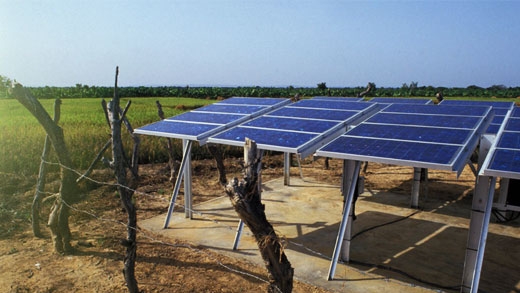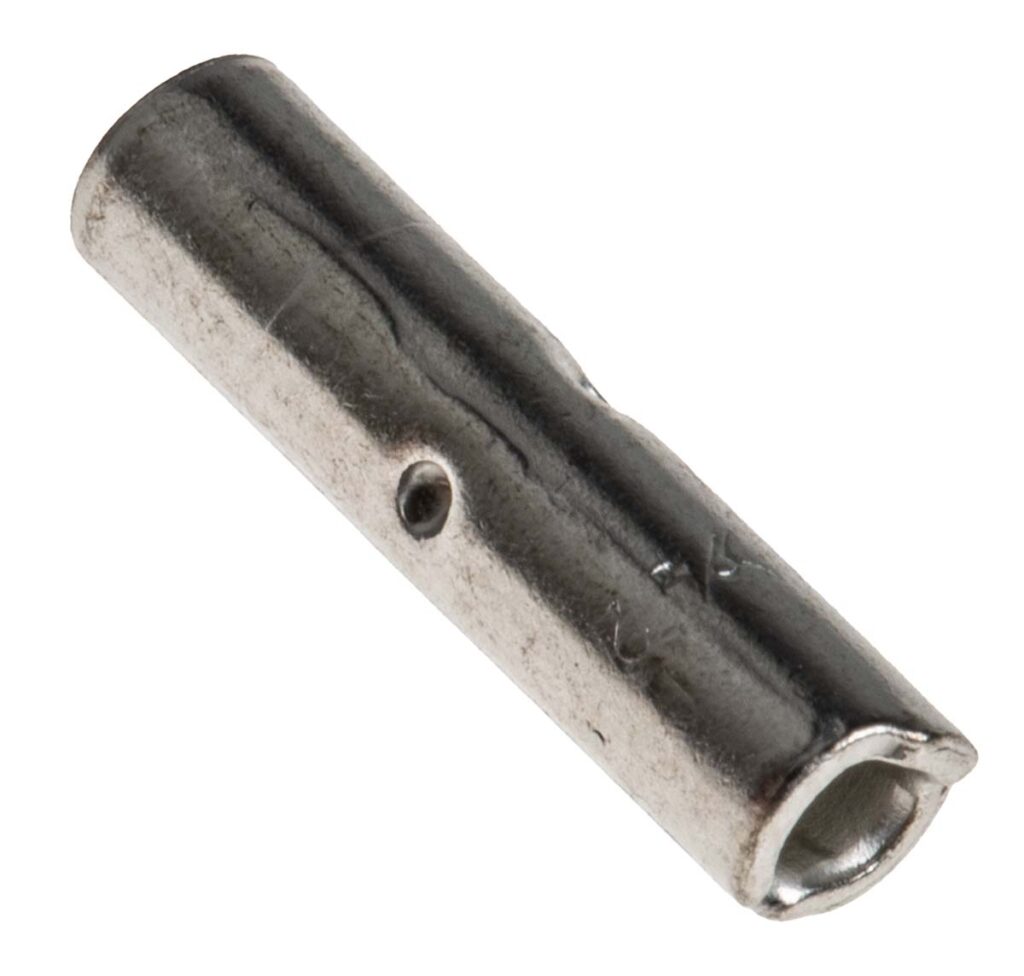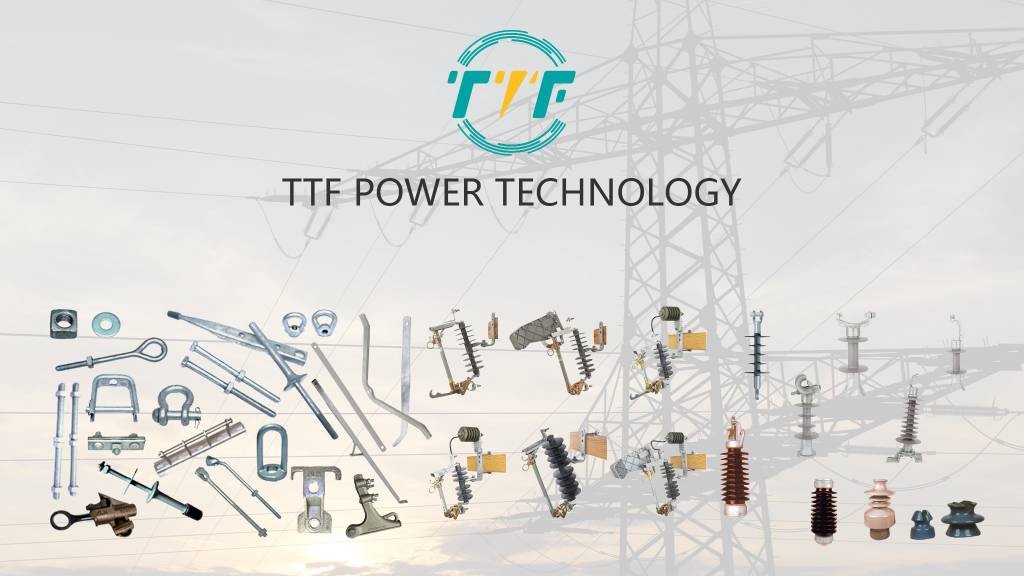
Peru has made significant progress toward modernizing its energy sector to increase competition across all sources of electricity generation. Significant expenditures in renewable energy, infrastructural enhancements, and policy reform are all part of the modernization process. Peru has an abundance of natural resources, which contribute to diversify its energy mix. In 2024, the Ministry of Energy and Mines announced four large renewable energy projects. This adds 507 MW to the electrical system. These include 114.93 MW solar power plants in Moquegua, 80 MW Matarani solar power in Arequipa, 177 MW Wayra Extension, and San Juan’s 135.7 MW wind power plants in Ica. The government is also encouraging smart-grid technology to improve energy distribution efficiency and transparency. Peru’s main aim is to reduce greenhouse gas emissions by 40% by 2030. Splice connectors ensures reliable and efficient electrical power distribution.
The splice connector is an essential component in grid upgrades, renewable energy integration, and infrastructure growth. It connects and maintains overhead and underground power cables to allow for the expansion and reinforcement of Peru’s electrical infrastructure. The splice connector simplifies connections in solar and wind farms by connecting wires in transmission and distribution networks. This is critical to minimizing power loss in high- and medium-voltage networks. Splice connectors aid advanced grid monitoring systems by providing continuous signal transfer over fiber-optic and telecom cables. These functions contribute to the development of Peru’s electricity network, which is resilient, efficient, and sustainable. This is done while promoting renewable energy development and nationwide electrification.
Splice connectors modernize Peru’s energy sector.
Splice connectors are electrical devices that connect two or more wires in a reliable and secure manner. It is critical for transmission and distribution networks, renewable energy installations, smart grid improvements, and rural electrification projects. They play an important role in accelerating the shift to renewable energy and rebuilding old infrastructure. They provide efficient, safe, and long-lasting electrical connections. The following are the responsibilities of splice connectors in Peru’s energy modernization.

- Supporting renewable energy projects—splice connectors are crucial in connecting solar panel strings and wind turbine circuits. They enable fast installation and long-term reliability in large-scale projects.
- Grid expansion and reliability—splice connectors link long stretches of overhead and underground cables. They are reliable to reduce outages caused by weak or corroded connections.
- Smart grid integration—splice connectors support high-frequency data signal integrity, modular infrastructure upgrades, and seamless integration of sensors and monitoring devices.
- Enhanced reliability and safety—splice connectors are corrosion-resistant and weatherproof connections. This helps reduce downtime by maintaining stable connections to prevent faults in power lines.
Technologies that support Peru’s modernizing efforts
Peru’s energy sector modernization is dependent on innovative technology, legislative reforms, and infrastructure expansion. The technologies are changing the way energy is generated, communicated, distributed, and used. Peru’s energy future also relies on AI-powered smart grids, solar fields, and clean hydrogen exports. The following are the common technologies driving Peru’s energy sector change.

- Renewable energy technologies—these include solar photovoltaics, wind energy, hydropower, and green hydrogen. They contribute to utility-scale projects and new small and medium hydro projects.
- Grid modernization and smart grid technologies—smart grid infrastructure enables real-time data monitoring, demand response, and automated fault detection. This also includes SCADA systems used for remote monitoring and control of substations and generation plants. They also enhance grid reliability and resilience in Peru.
- Energy storage systems—Peru is exploring technologies such as lithium-ion battery systems to stabilize the grid and support intermittent renewables like solar and wind.
- Modern transmission and distribution equipment—the use of splice connectors and insulated cable systems—improves energy reliability and safety across long transmission lines. They enable expansion into rugged or remote terrains. Additionally, new equipment allows for higher capacity, lower losses, and integration of distributed energy resources.
- Decentralized energy solutions—microgrids and off-grid solar systems—reduce dependency on diesel generators and extend clean energy access. Development of mini-hydro and hybrid systems combines solar, hydro, and battery storage to supply reliable electricity to remote areas.
- Cybersecurity and resilience tools—increased digitalization increases the demand for grid cybersecurity to protect against disruptions and attacks.
- Digital and data analytics—this includes AI and machine learning for load forecasting, grid optimization, and energy theft detection. The use of geographic information systems supports infrastructure planning and disaster resilience.